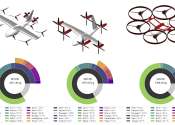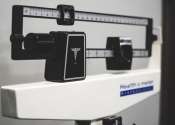New look at NASA Boeing sustainable experimental airliner
As NASA and Boeing enter the early stages of producing the X-66, the first X-plane specifically focused on helping the United States achieve net-zero aviation emissions by 2050, the team is already picturing what the aircraft ...
Mar 7, 2024
0
5









